PVC tarpaulin fabric is a versatile material that is commonly used for outdoor applications such as covers, tents, and awnings. Here are the general steps for installing PVC tarpaulin fabric:
Prepare the installation site: Clear the area where the PVC tarpaulin fabric will be installed of any debris, rocks, or sharp objects that may damage the fabric. Also, make sure the surface is clean and dry.Measure and cut the PVC tarpaulin fabric: Measure the area where you will install the PVC tarpaulin fabric and cut it to the appropriate size using a pair of scissors or a utility knife. Leave some extra material around the edges for a proper fit.Attach the PVC tarpaulin fabric to the structure: Depending on the application, you may need to attach the PVC tarpaulin fabric to a structure, such as poles or frames. Secure the fabric to the structure using ropes, bungee cords, or zip ties.Secure the edges: Once the PVC tarpaulin fabric is in place, secure the edges using fasteners such as grommets, snaps, or hook-and-loop tape. This will help to prevent the fabric from flapping in the wind and keep it in place.Add reinforcement patches: If you plan to use the PVC tarpaulin fabric for a long time, consider adding reinforcement patches to areas that may experience extra stress or wear. Cut patches of PVC tarpaulin fabric and attach them to the fabric using adhesive or heat-sealing.Make adjustments: Once the PVC tarpaulin fabric is installed, make any necessary adjustments to ensure a tight, secure fit. Check the fabric regularly to make sure it remains in place and make any repairs as needed.
Following these steps can help you to install PVC tarpaulin fabric with ease and ensure a long-lasting, durable finish.Besides,The production of PVC tarpaulin fabric involves several steps, including:
Preparation of materials: The raw materials used for making PVC tarpaulin fabric include PVC resin, plasticizers, stabilizers, and pigments. These materials are mixed together in a blender to form a homogenous mixture.Calendering: The PVC mixture is then fed into a calender machine, which compresses and flattens the mixture into a sheet. The calender machine can have multiple rollers to ensure the sheet is uniform in thickness and width.Coating: The PVC sheet is then coated with a layer of lacquer or acrylic resin on both sides. This coating helps to protect the fabric from environmental factors such as UV radiation and water.Printing: If required, the PVC sheet can be printed with a design or pattern using a flexographic or rotogravure printing process.Cutting and welding: The PVC sheet is cut to the desired size and shape using a cutting machine or a rotary blade. The edges of the PVC sheet are then welded together using a high-frequency welding machine to form a seam.Eyelet and reinforcement: Eyelets are added to the PVC tarpaulin fabric to allow for easy attachment to structures. Reinforcement patches are also added to areas that may experience extra stress or wear.Quality control: The finished PVC tarpaulin fabric is inspected to ensure it meets the desired quality standards. The fabric is checked for defects such as tears, holes, or unevenness in color or thickness.
The exact production steps for PVC tarpaulin fabric can vary depending on the manufacturer and the desired specifications of the final product. However, the steps outlined above provide a general overview of the production process for PVC tarpaulin fabric.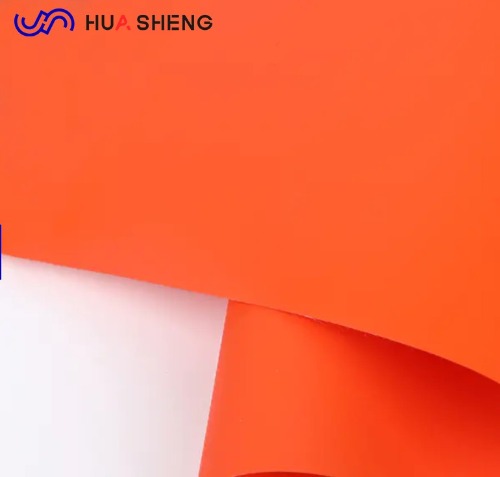



 English
English 中文简体
中文简体 русский
русский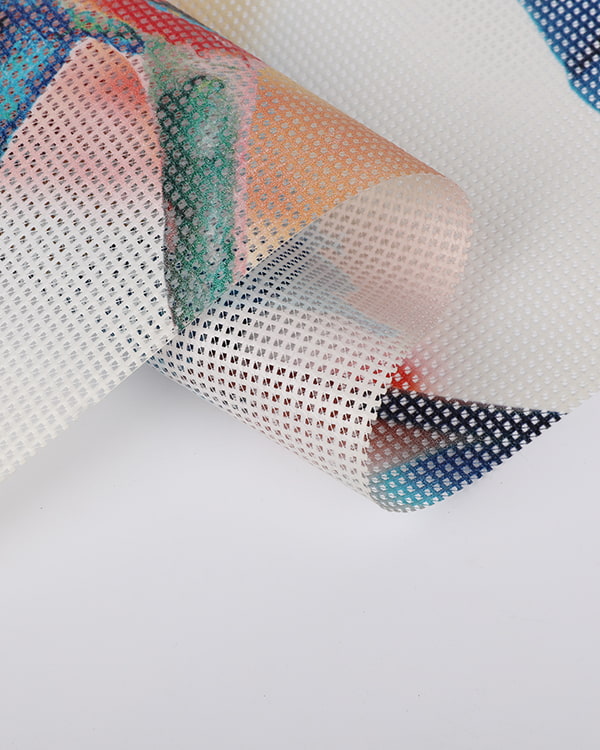
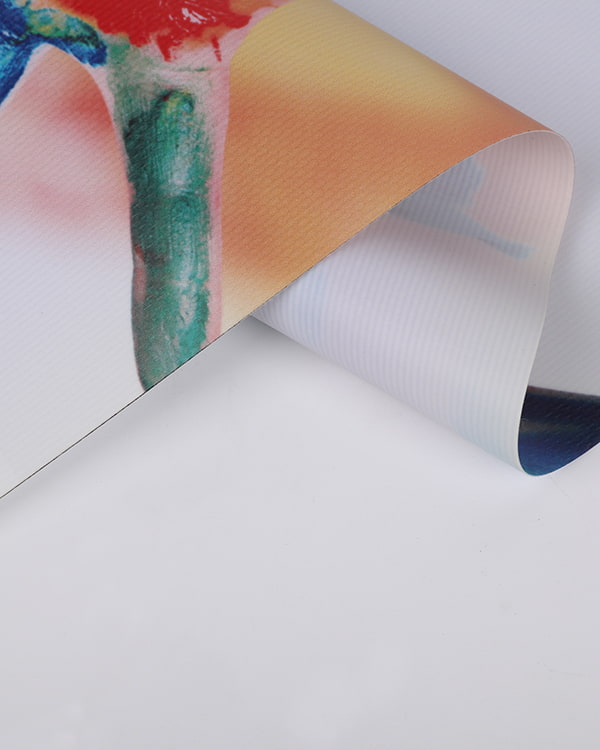
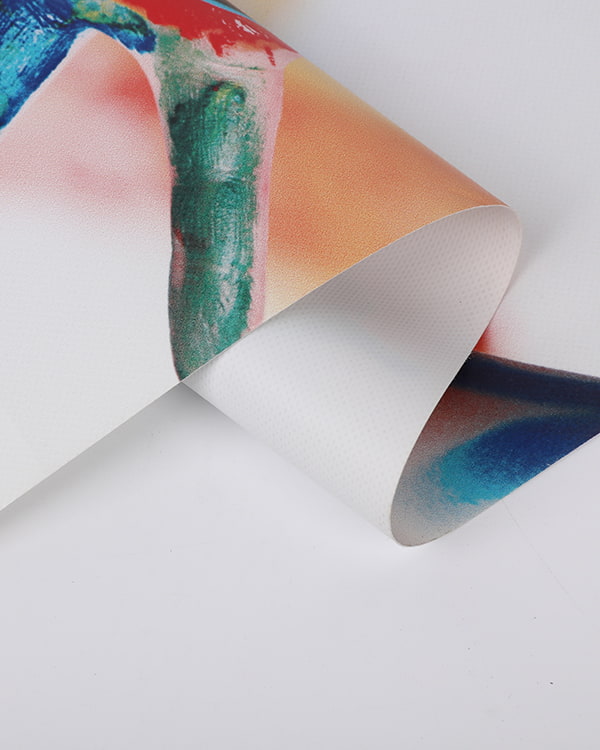
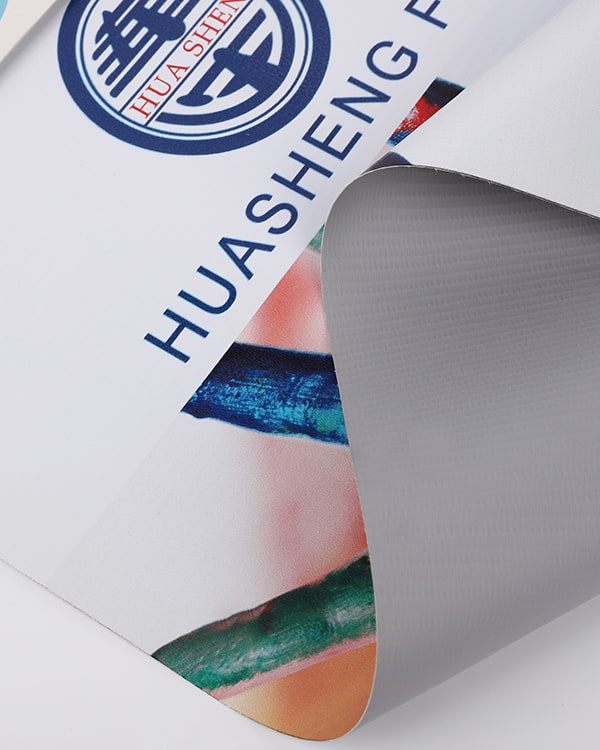
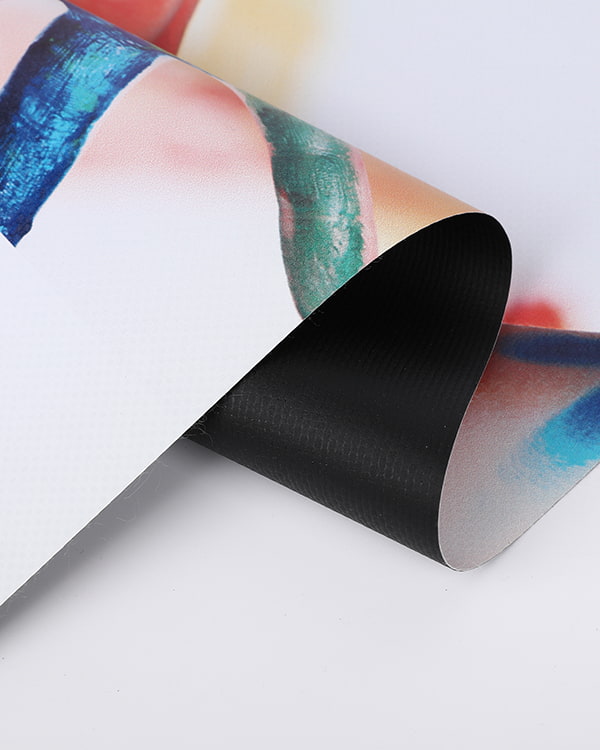
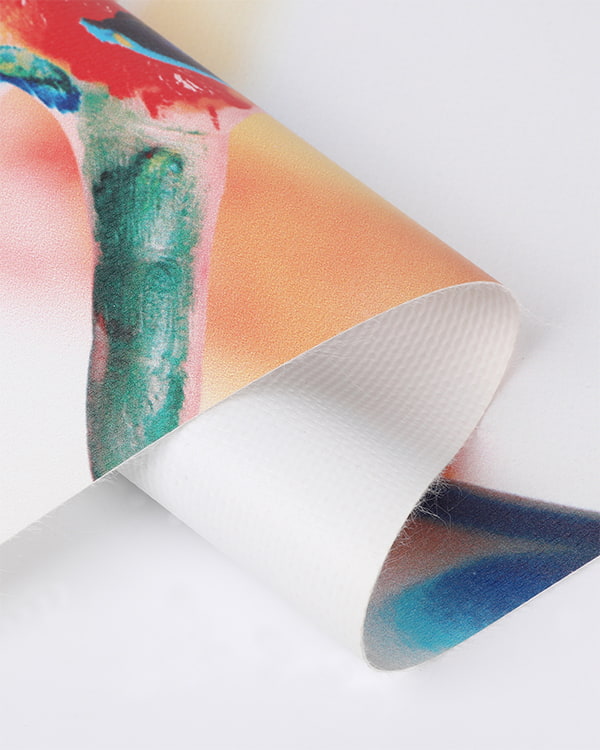
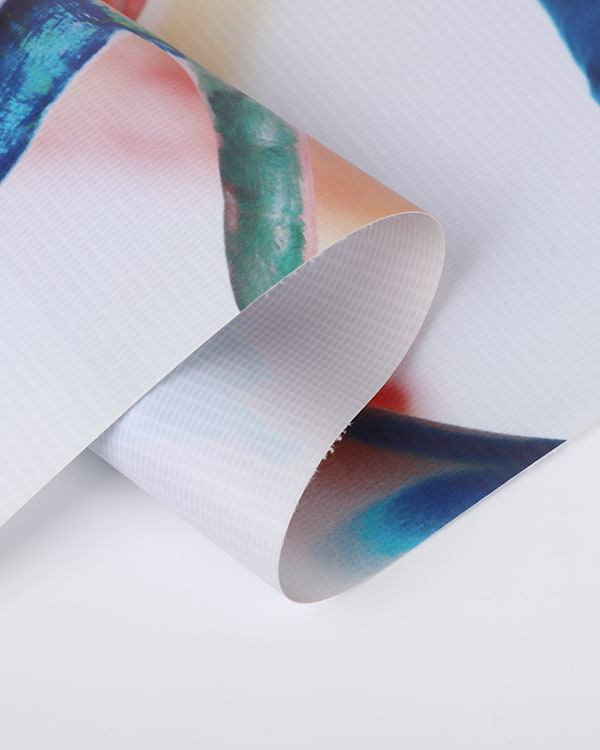
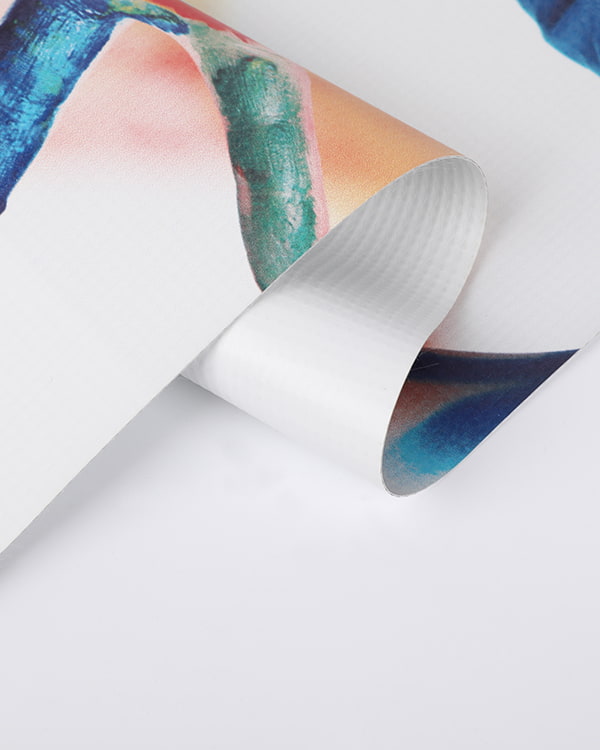
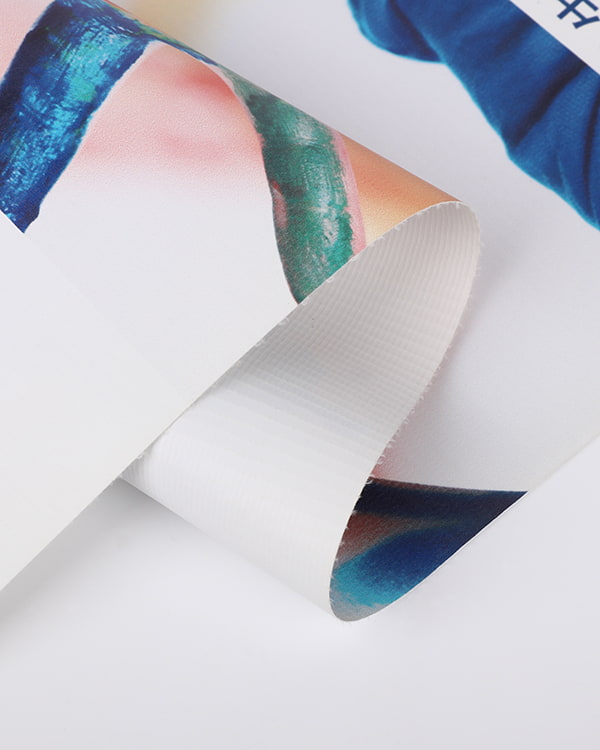
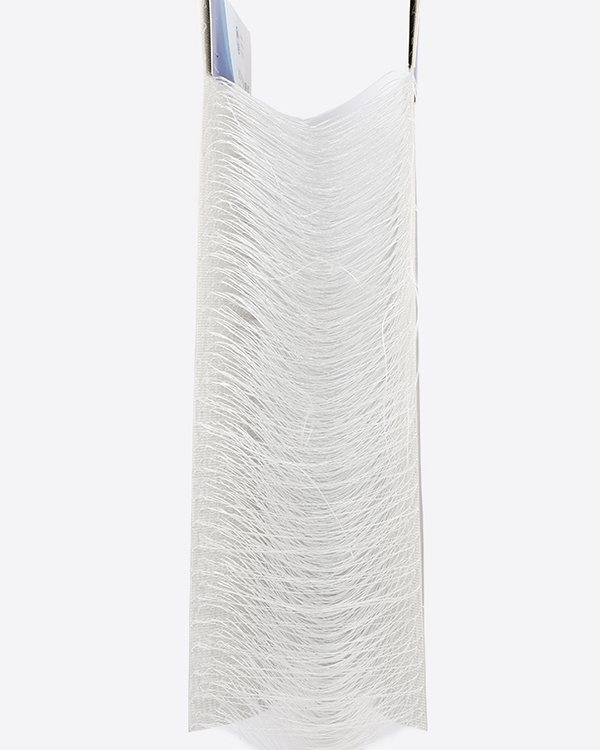
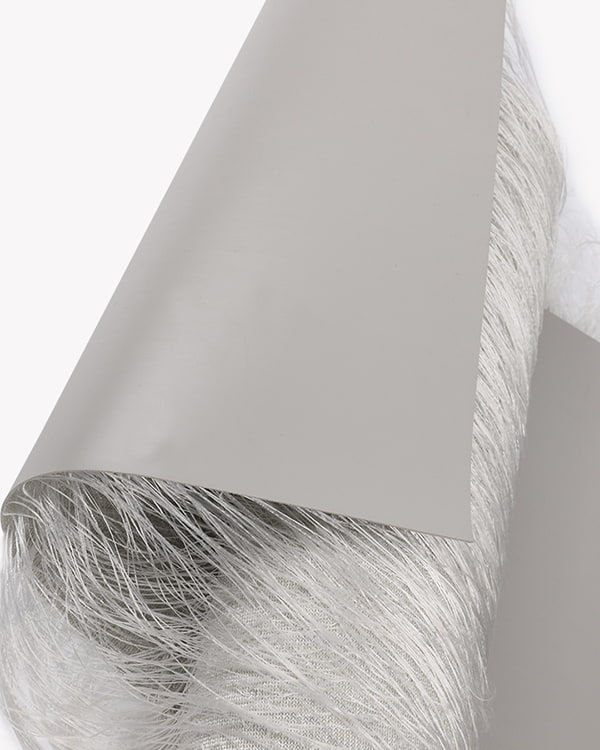
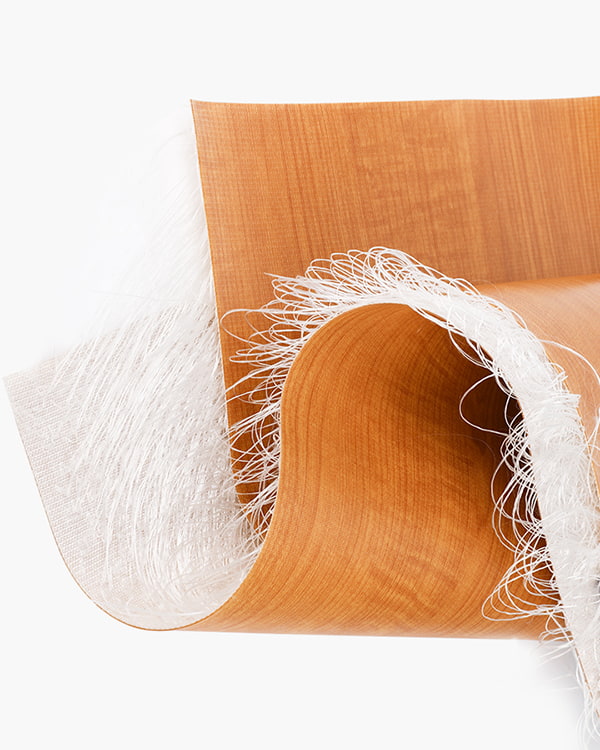





 浙公网安备33048102240301
浙公网安备33048102240301